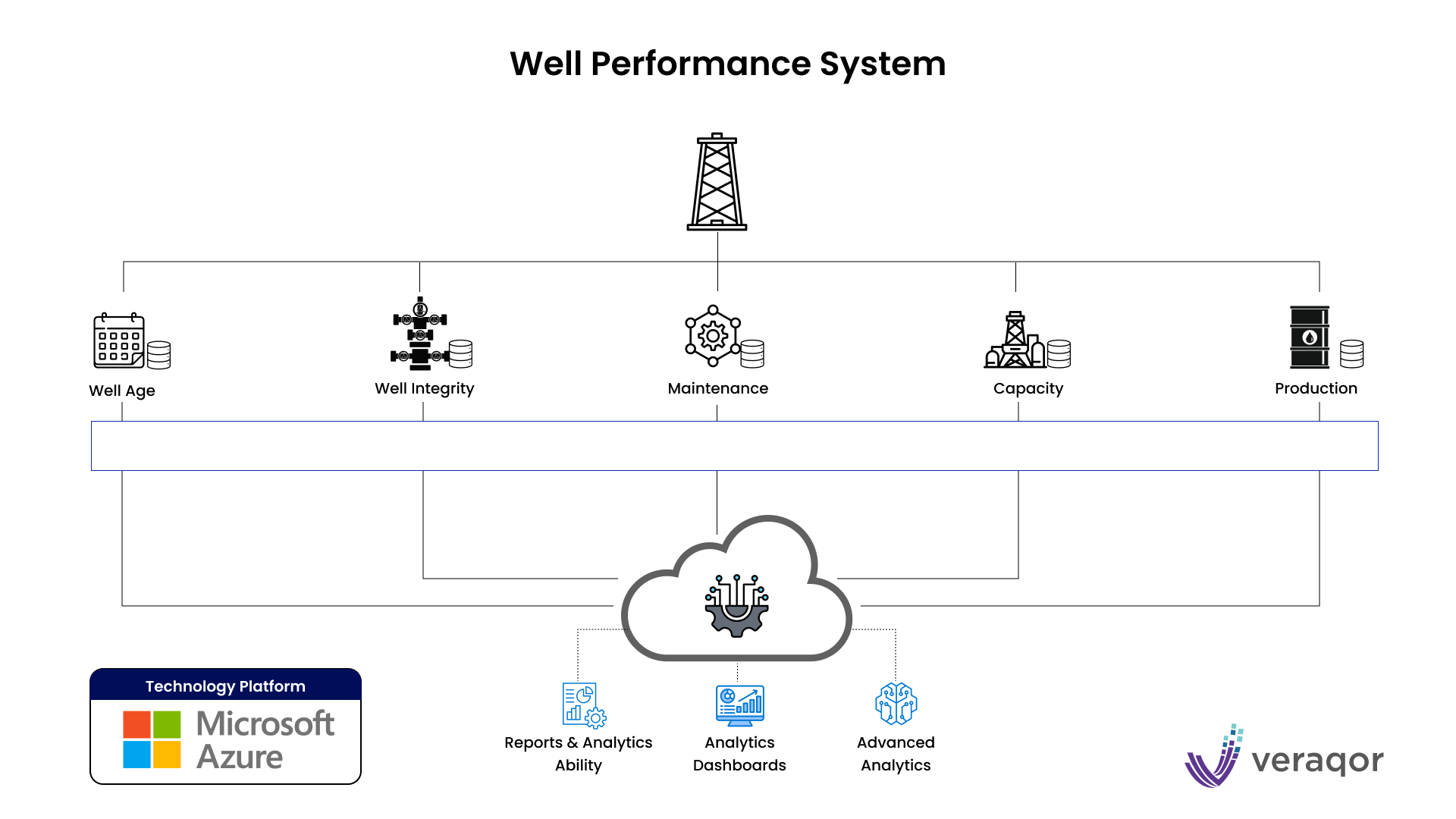Paving Way for Digitalization & Automation for Plants
Industry:
Technology Stack:
- RFID
- Sensors
- Power BI
- MS Azure
Solutions:
- Data & Analytics
Functional Capabilities:
- Operations Management
- Remote monitoring
Company Size:
Country:
Learn More:
The Challenge Before Us
Recognizing the imperative to modernize and automate operations, the organization undertook the ambitious task of transitioning from traditional manual methods to a digitalized and consolidated approach. This shift targeted significant enhancements in planning and decision-making processes.
Our Strategic Approach to Digitalize & Visualize
In executing its strategic approach, the organization adopted a systematic process. This involved the collection and analysis of data sourced from vendor devices and sensors. Subsequently, there was a comprehensive data journey, encompassing the ingestion, storage, cleansing, and transformation of data to construct robust analytics. The final phase of this approach centered on the visualization of operational data, facilitating the derivation of actionable insights.
The significance of this digitalization and automation initiative had multiple benefits. Among these were increased productivity, reduced response times, cost savings, and improved safety and resource management. The implementation of a performance system specifically targeted enhancements in planning, monitoring oil wells, maintenance readiness, and overall production effectiveness.
The key outcomes of this strategic endeavor were multifold. An amplified visibility across well operations was achieved, allowing for better monitoring and decision-making. The near real-time updates on well status empowered informed decision-making, while the introduction of proactive maintenance through alerts led to reduced downtime and expedited issue resolution. Notably, there was a substantial improvement in Overall Equipment Effectiveness (OEE), performance, and productivity.
To achieve these transformative objectives, the organization strategically deployed a sophisticated technology stack and hardware. This included the use of RFID tags for efficient data tracking, sensors for capturing relevant operational metrics, PowerBI for data visualization and analytics, and Microsoft Azure for robust cloud-based solutions. This holistic technological integration not only revolutionized data flow and management but also laid the foundation for ongoing advancements in operational efficiency and integration with critical systems.
Industry:
Technology Stack:
- RFID
- Sensors
- Power BI
- MS Azure
Solutions:
- Data & Analytics
Company Size:
Country:
The Challenge Before Us
Recognizing the imperative to modernize and automate operations, the organization undertook the ambitious task of transitioning from traditional manual methods to a digitalized and consolidated approach. This shift targeted significant enhancements in planning and decision-making processes.
Our Strategic Approach to Digitalize & Visualize
In executing its strategic approach, the organization adopted a systematic process. This involved the collection and analysis of data sourced from vendor devices and sensors. Subsequently, there was a comprehensive data journey, encompassing the ingestion, storage, cleansing, and transformation of data to construct robust analytics. The final phase of this approach centered on the visualization of operational data, facilitating the derivation of actionable insights.
The significance of this digitalization and automation initiative had multiple benefits. Among these were increased productivity, reduced response times, cost savings, and improved safety and resource management. The implementation of a performance system specifically targeted enhancements in planning, monitoring oil wells, maintenance readiness, and overall production effectiveness.
The key outcomes of this strategic endeavor were multifold. An amplified visibility across well operations was achieved, allowing for better monitoring and decision-making. The near real-time updates on well status empowered informed decision-making, while the introduction of proactive maintenance through alerts led to reduced downtime and expedited issue resolution. Notably, there was a substantial improvement in Overall Equipment Effectiveness (OEE), performance, and productivity.
To achieve these transformative objectives, the organization strategically deployed a sophisticated technology stack and hardware. This included the use of RFID tags for efficient data tracking, sensors for capturing relevant operational metrics, PowerBI for data visualization and analytics, and Microsoft Azure for robust cloud-based solutions. This holistic technological integration not only revolutionized data flow and management but also laid the foundation for ongoing advancements in operational efficiency and integration with critical systems.


